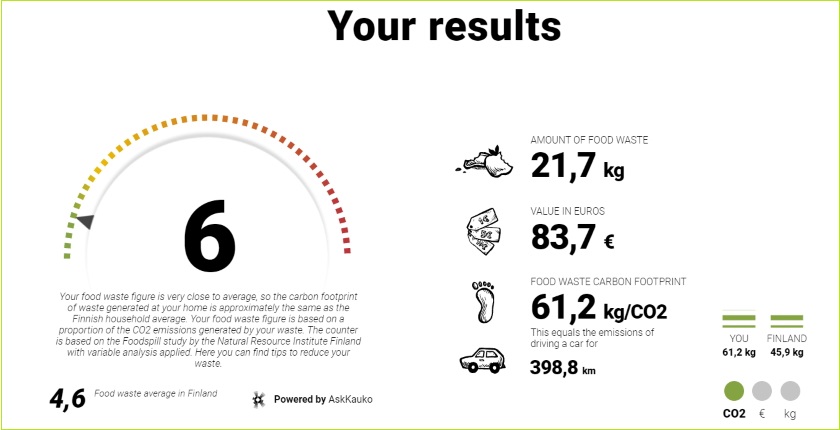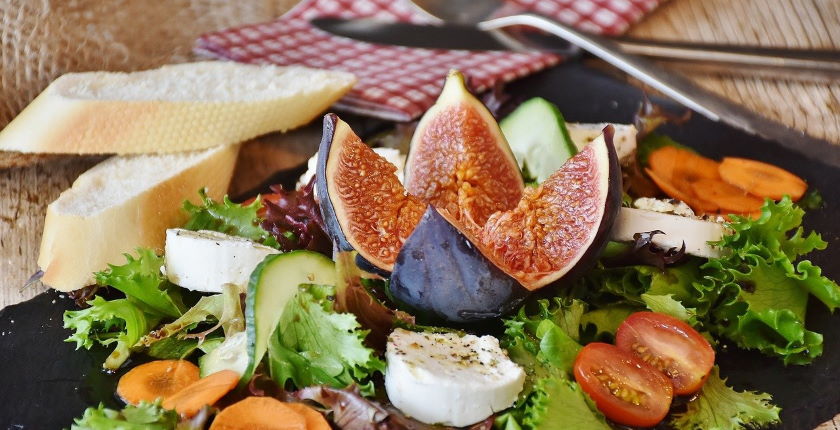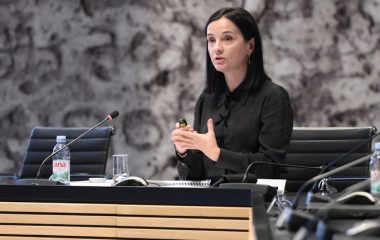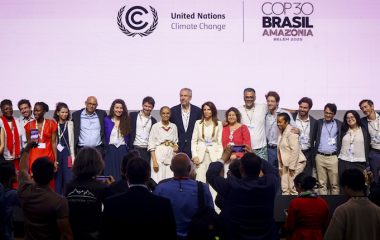
Photo: Luke, Paulig
If food waste were a country, it would be the third in the world in greenhouse gas emissions. Governments have a responsibility to tackle the issue, but individual action can come a long way. A calculator has just been launched for the people of Finland to determine their contribution, with suggestions on how to both balance the family budget and preserve the environment.
Households throw away 570 million tons of food per year or 61% of the world’s total. Consumption and production of food accounts for over 20% to the total climate impact, or carbon footprint, of all consumption. Finnish households can now easily calculate their individual contribution.
The free tool was launched by food and beverage producer Paulig and Natural Resources Institute Finland (Luke). The result can help users plan so that they save money and participate in mitigating the climate change effects at the same time. The calculator was created to change people’s habits and routines making food waste and its impact easier to grasp, the developers said.
Food waste causes emissions that almost match road transportation
An average family of four throws away up to EUR 500 worth of food to waste every year, translating to EUR 500 million for the entire Finland, according to the announcement. Food waste is generated at all stages of the food value chain, and households have a share of at least one-third, it adds.
If food waste was a country, it would be the third in the world by greenhouse gas emissions. They are almost equivalent to the share of global road transportation.

It’s easy to use leftovers
The calculator shows both the financial damage and the climate impact. It is a part of Paulig’s sustainability program that aims to reduce food waste in its value chain by 50% by 2030, in line with the European Union’s goals. The company and the institute said the tool could be improved to include restaurants and grocery stores.
Vegetables and dairy products are thrown away more than any other food
The most common causes are food going bad and expired dates. Making too much food and reluctance to have the same meal several times are also important factors. Vegetables and dairy products are thrown away more than any other food.
“People buy too much food, don’t appreciate it enough and don’t know how, or can’t be bothered to, use food scraps to prepare other delicious foods. An easy way to use food scraps is to include them as an ingredient in, for example, omelettes, casseroles, pasta dishes, pizza, pies etc. The key, however, would be better planning”, said Senior Customer Manager and Senior Scientist at Luke Juha-Matti Katajajuuri.
Ways to lower food waste
- Think about what you actually need and buy accordingly. If you’re not sure if and when you need it, leave it on the shelf.
- If it’s past the best before date, it doesn’t mean it’s bad. You can tell by smelling and tasting.
- Expiration date tells you that the product should be used by that date.
- Clean the fridge often to see what expires next and consume it first.
- Freeze your leftovers and be sure to put them to use later.
- Transform your leftovers into a delicious new meal – explore and see how you can even put to good use.
- Stop perfectly good groceries from going to waste and save money by buying products with red best before tags or ‘30% off’ labels.
- Give your extra food to friends, family, neighbors or people that you don’t even know or join a local group that collects surplus food and cooks it for people in need.

Work, resources get squandered
The climate impact of food loss and waste results from producing unnecessary food, especially from farming and its biological processes such as emissions from ruminants’ digestion of feed and nitrous oxide emissions from agricultural soils.
Food production contributes to global warming, eutrophication, acidification, and biodiversity loss. It impacts nutrients, land area, energy, and water resources. When food is lost, work in primary production goes to waste and emissions generated in the production chain have been for nothing, all the while wasting valuable raw materials.
Food bank about to be established in Serbia’s third-biggest city
One of the ways to cut food waste is to facilitate donations of food items that are nearing their expiry date, possibly in combination with incentives for producers and distributors. Whole Surplus did that and more: the startup based in Turkey, which won the third prize in GGF’s clim@ competition last year, set up a secondary marketplace where such food can be sold at a discount.
Also in the region tracked by Balkan Green Energy News, Center for Civil Society Development Protecta from the Serbian city of Niš said last month that it would soon launch a local food bank. It will collect donations to be delivered to charities and relevant institutions in the country’s third-biggest city.
The Environment Improvement Centre from Serbia revealed in results of a poll in 2019 that 33% of domestic households throw away food at least once a week.
A humanitarian organization in New Zealand opened a so-called social supermarket last month in Wellington. Instead of giving parcels to people who need support, it awards points to them which they can spend by picking up food and sanitary products they particularly need. Apart from giving them more dignity, this way Wellington City Mission prevents food from going bad.









Be the first one to comment on this article.